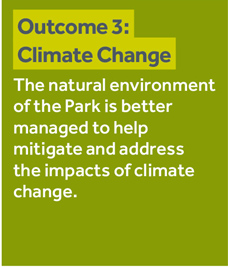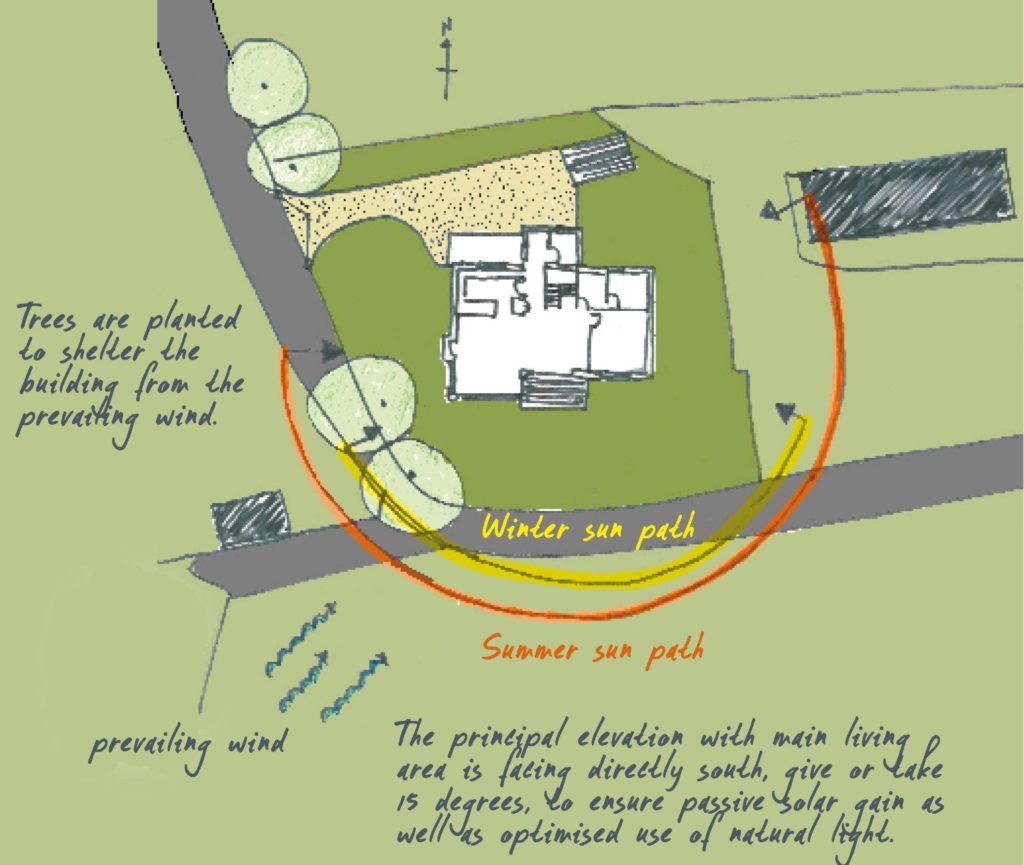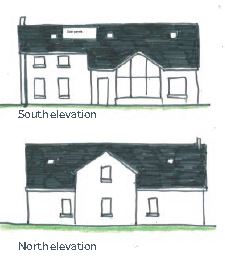
How to help achieve important climate change targets through your building design
We are encouraging self-builders or developers in considering all aspects of the National Park’s special and unique qualities in their design. In this blog we are focusing on how building design incorporating energy conservation can help contribute to important climate change targets.
The impacts of climate change present very real challenges to our communities and economy in the National Park, as well as our native habitats and species. Improving resilience to the effects of climate change is one of the key outcomes outlined in our new National Park Partnership Plan 2018-2023.

The National Park Authority planning service, who determines what is built where in the National Park, as well as what it looks like and how it functions, is a key partner to delivering this outcome. So too are developers or self-builders looking to build in the National Park.
To help achieve this outcome, we encourage high quality development that is designed to conserve energy. This includes designs that:
- are built into slopes or use trees or landscaping to provide shelter from prevailing winds to help reduce energy demand.
- take advantage of the heat and light from the sun by having the majority of glazing on south facing side of the building (or 30 degrees from south).

In order to benefit from passive solar gain, the cumulative surface area of the windows on the south facing side should be greater than on the northern elevation.

Developers should also look to consider incorporating low and zero carbon technology in your building designs.
To help do this, we require applications for new buildings (houses, large extensions over 50sqm, offices, holiday accommodation) to be accompanied with a design/energy statement that includes details about how solar, heat pumps, wind turbines, biomass boilers or other technology might be used in the design to reduce carbon emissions.
More information on how to consider energy conservation in your design can be found in our Design & Placemaking Guidance.

